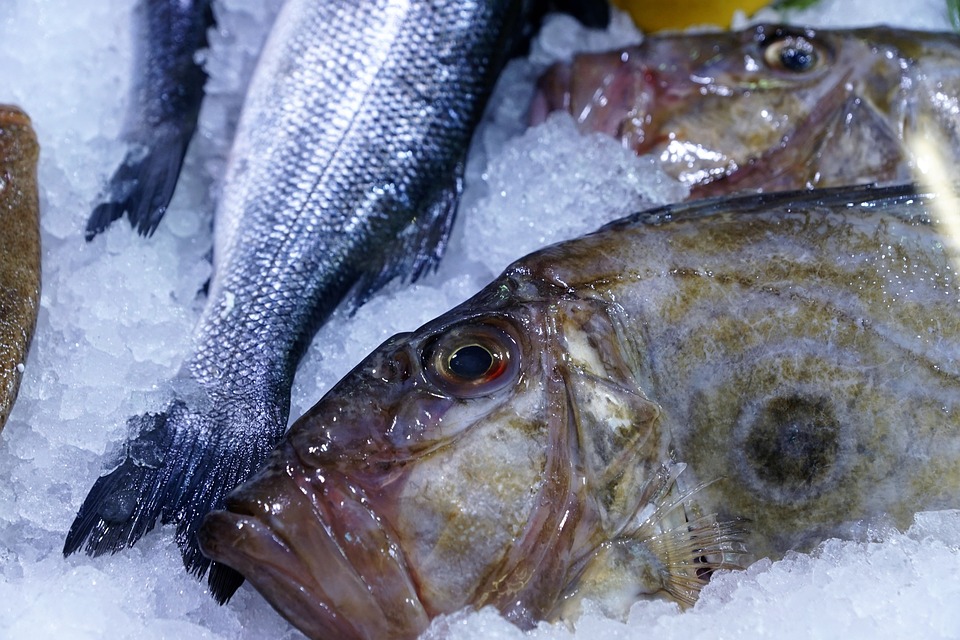Fish behavior is a captivating field of study that offers valuable insights into the underwater world. In this article, we will delve into the intriguing realm of fish breeding rituals and explore the various behaviors exhibited by tank fish during this process. By understanding these behaviors, fish enthusiasts and breeders can provide the optimal conditions for successful breeding and ensure the well-being of their aquatic companions.
Reproduction is a fundamental aspect of fish life. It is through breeding that fish species are able to survive and adapt to their environment. Breeding rituals play a crucial role in this process, as they allow fish to attract mates, communicate interest and readiness, and ensure the survival of their offspring. Observing and understanding these behaviors is beneficial for hobbyists and breeders, as it allows them to create an environment that supports successful breeding and the well-being of their fish.
Courtship displays are a prelude to reproduction in fish. Coloration and fin displays are used by many fish species to attract potential mates. These vibrant displays signal the fish’s health and vitality, and can be a determining factor in mate selection. Dancing and circling patterns are also common courtship behaviors, as they communicate interest and readiness for reproduction. Some fish species even produce unique vocalizations during courtship, which serve as a means of communication and pair bonding.
Nest building is another fascinating behavior exhibited by many fish species. Different fish construct nests using various techniques and materials. Some fish, like bettas, build bubble nests on the water’s surface, while others create intricate structures using rocks, plants, or other materials. The location of the nest is also significant, as it provides protection and a suitable environment for the eggs and fry. Once the nest is built, fish engage in nest maintenance and defense, ensuring the survival of their eggs and fry.
Egg laying and fertilization are essential steps in the breeding process. Many fish species practice external fertilization, where the female releases her eggs and the male fertilizes them with his sperm. Spawning behaviors and techniques vary among species, with some fish engaging in elaborate courtship dances before releasing their eggs and sperm. Parental care is also observed in many fish species, with both males and females actively safeguarding the eggs until they hatch.
The incubation period is a critical stage in the breeding process. During this time, the developing embryos require specific temperature and water quality conditions for optimal growth. Parental behaviors, such as fanning the eggs or removing unfertilized ones, can greatly impact the development of the embryos. However, challenges and potential complications can arise during the incubation period, such as fungal infections or predation. Monitoring the eggs closely and providing appropriate interventions can help overcome these challenges.
Hatching and fry care mark the final stages of the breeding process. Hatching triggers vary among fish species, but they often occur due to changes in water temperature or specific chemical signals. Newly hatched fry have specific nutritional needs and feeding habits that should be taken into consideration. Parental guidance and possible interventions, such as separating aggressive parents from the fry, can improve the survival rate of the offspring.
To further enhance understanding, this article also addresses frequently asked questions related to fish breeding behaviors. These questions cover topics such as the duration of the courtship period, nest building habits, signs of successful fertilization, optimal water parameters for egg development, indications of impending hatching, separation of fry from parents, challenges during the fry stage, techniques to encourage breeding behavior, and the possibility of tank fish breeding with their wild counterparts.
In conclusion, understanding fish behavior and their responses to breeding rituals is a fascinating aspect of fishkeeping. By observing and comprehending these behaviors, hobbyists and breeders can create suitable conditions for successful breeding, ensuring the continued thriving of various fish species in captivity. Remember, the well-being of the fish always comes first, and fostering a deeper understanding of their natural instincts will enhance the joy of fishkeeping for all enthusiasts.









